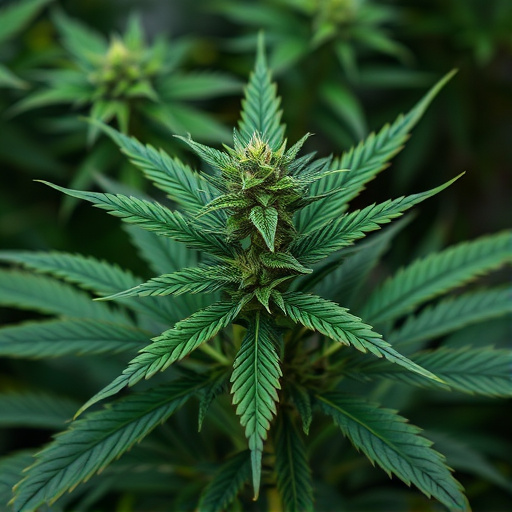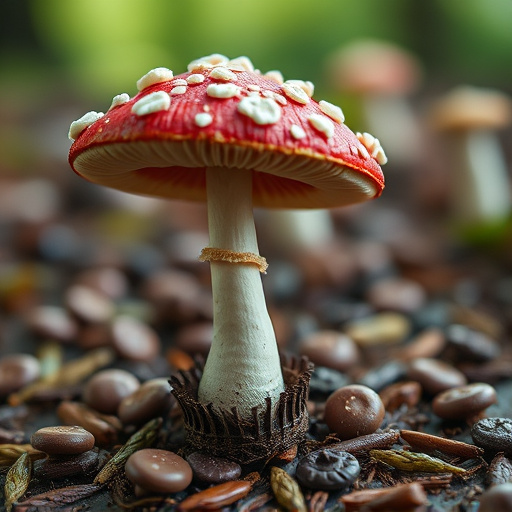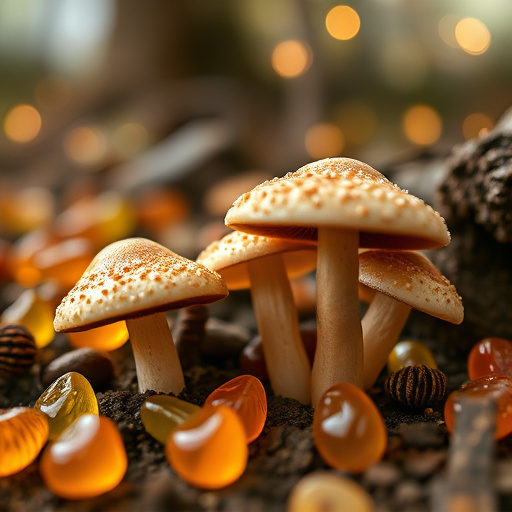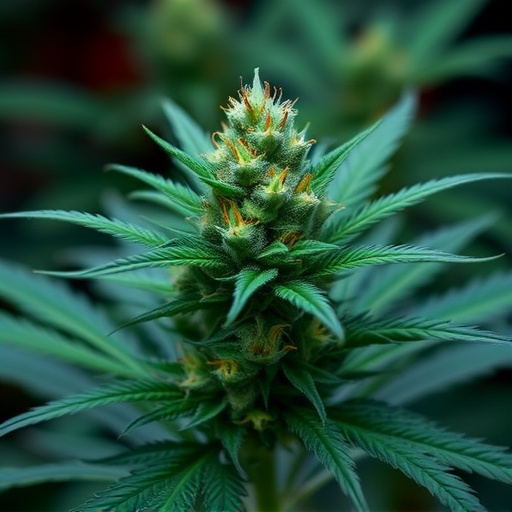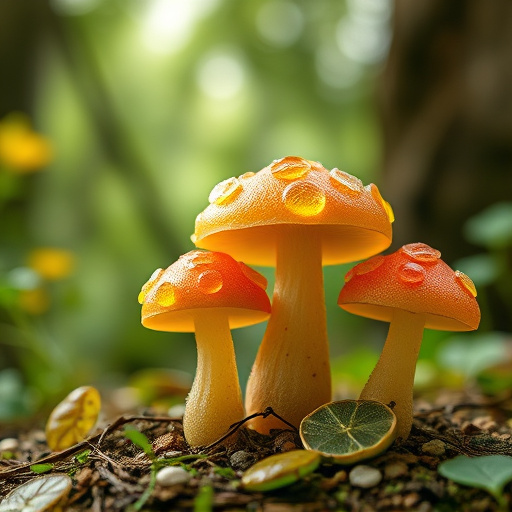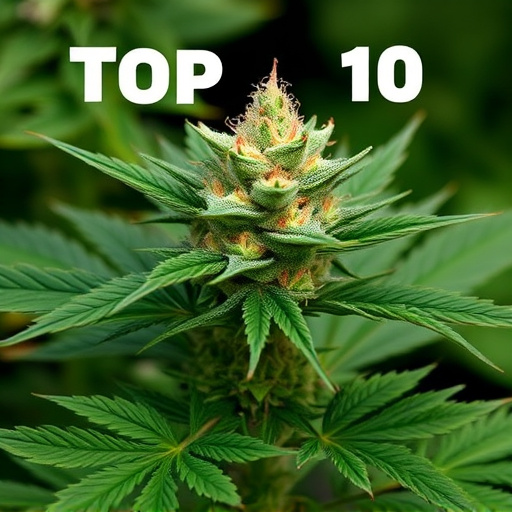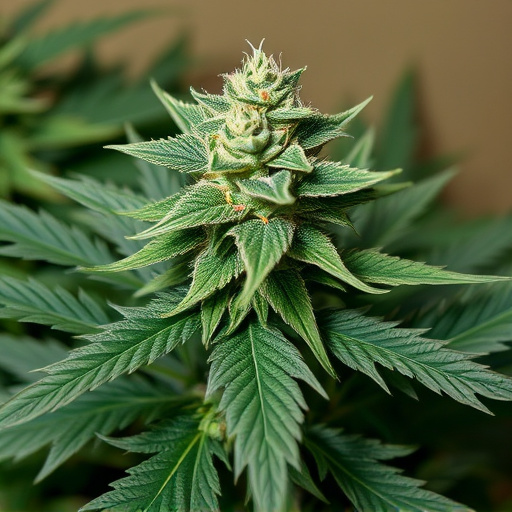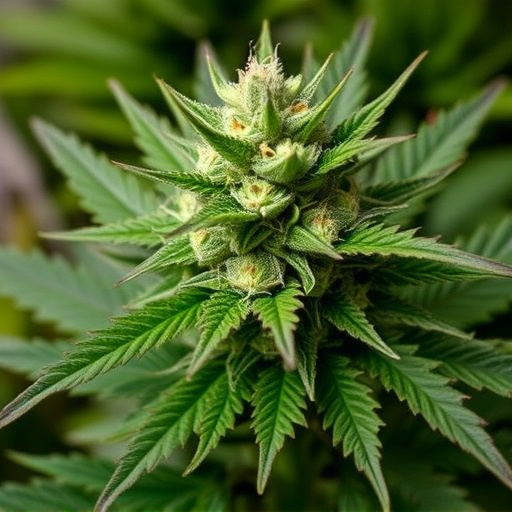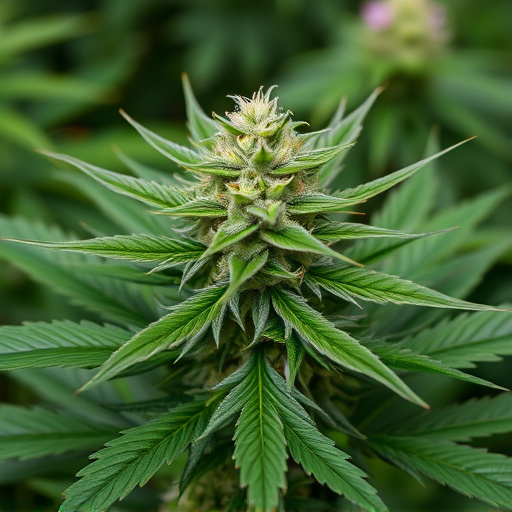The distinct skunk-like aroma in cannabis is primarily determined by its genetic heritage and terpene profile, with key compounds like myrcene, limonene, and pinene contributing to its pungent scent. Strains such as Girl Scout Cookies, Blue Dream, and Skunk #1 are renowned for their intense skunkiness, making them part of the top 10 strains of cannabis known for these unique olfactory characteristics. Breeders often create new hybrids with enhanced terpene content, offering a diverse range of scents within these popular strains.
“Unraveling the Secret Behind Skunk Aroma in Cannabis: A Comprehensive Guide
Cannabis enthusiasts often find themselves captivated by the diverse aromas among different strains. One distinctive and popular scent is the skunky fragrance, which has earned a unique place in the cannabis landscape. In this article, we explore the reasons behind this characteristic smell, delving into genetics, cultivation, and introducing you to the top 10 skunk-scented cannabis strains.
From genetic modifications that enhance terpene production to environmental factors influencing growth, each aspect contributes to the unique aroma profile of these strains.”
- Genetics and Terpene Profile
- – How genetic makeup influences skunk-like aroma
- – Key terpenes responsible for skunky scent in cannabis
Genetics and Terpene Profile
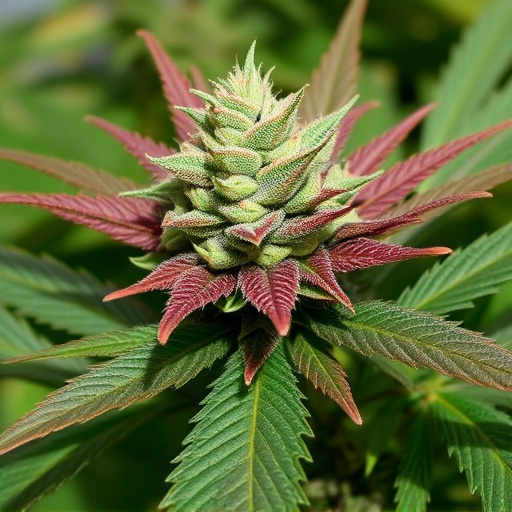
The genetics and terpene profile of a cannabis strain play a significant role in its distinct skunk-like aroma. Each strain is unique, with some possessing naturally higher levels of myrcene, limonene, and pinene—terpenes known for their pungent, skunky notes. These terpenes are not only responsible for the characteristic smell but also contribute to the plant’s flavor profile and potential therapeutic effects. Certain strains have been bred specifically to enhance these terpene profiles, resulting in some of the top 10 cannabis strains renowned for their overpowering skunkiness.
For instance, strains like Girl Scout Cookies, Blue Dream, and Skunk #1 have become iconic due to their intense skunk aromas. Breeders often cross different varieties to create new hybrids with exceptional terpene content, ensuring a wide range of scents and effects. Understanding the relationship between genetics and terpenes allows cannabis enthusiasts to explore diverse options from the top 10 strains known for their skunk-like characteristics.
– How genetic makeup influences skunk-like aroma
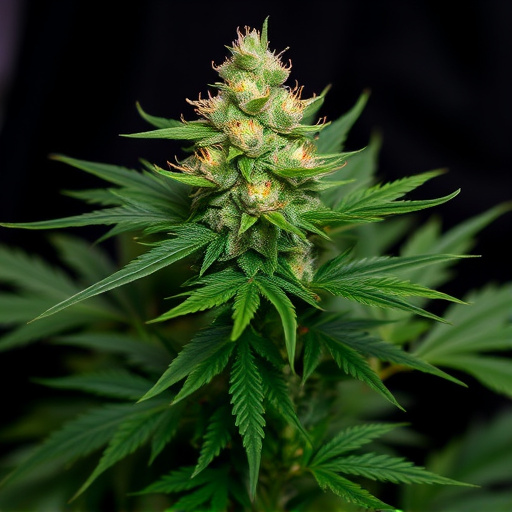
The genetic makeup of cannabis plants plays a significant role in shaping their unique aromas, including those with skunk-like characteristics. Each strain possesses distinct cannabinoid and terpene profiles, which are largely determined by its heritage and breeding. Plants that have been selectively bred for potent effects or specific flavors often carry genes contributing to pungent, skunky scents. These aromatic compounds, particularly myrcene, limonene, and pinene, can be responsible for the familiar ‘skunk’ aroma we associate with cannabis.
When it comes to the top 10 strains of cannabis known for their skunkier notes, genetics are a key factor in their distinctiveness. Strains like Skunk #1, as the name suggests, owe their signature smell to a rich concentration of myrcene, a terpene linked to relaxation and pain relief. Other popular varieties, such as Super Skunk or Blue Skull, also showcase intense skunkiness due to specific breeding practices that have enhanced these aromatic traits over time.
– Key terpenes responsible for skunky scent in cannabis

The distinctive skunk-like aroma in cannabis is largely attributed to a group of organic compounds known as terpenes. These fragrant molecules, found in many plants, play a significant role in how cannabis smells and tastes. Among the key terpenes responsible for this characteristic skunky scent are myrcene, limonene, and pineene.
Myrcene, with its earthy and musky notes, is often considered the primary contributor to the skunkiness of cannabis. Limonene offers a citrusy aroma, while pineene imparts fresh, forest-like scents. Certain strains of cannabis boast higher concentrations of these terpenes, making them stand out among the top 10 strains known for their skunkier profiles. These terpene-rich varieties often provide users with more intense and recognizable olfactory experiences.
Cannabis enthusiasts often seek out specific strains known for their unique aromas, with some preferring the distinctive skunk-like fragrance. This preference is driven by a combination of genetics and terpene profiles. Understanding these factors can help consumers make informed choices when selecting from the top 10 cannabis strains, ensuring they enjoy the desired olfactory experience. The key terpenes responsible for this skunky scent play a crucial role in shaping the overall character of a strain, making genetic diversity within the plant kingdom a fascinating aspect to explore further.
